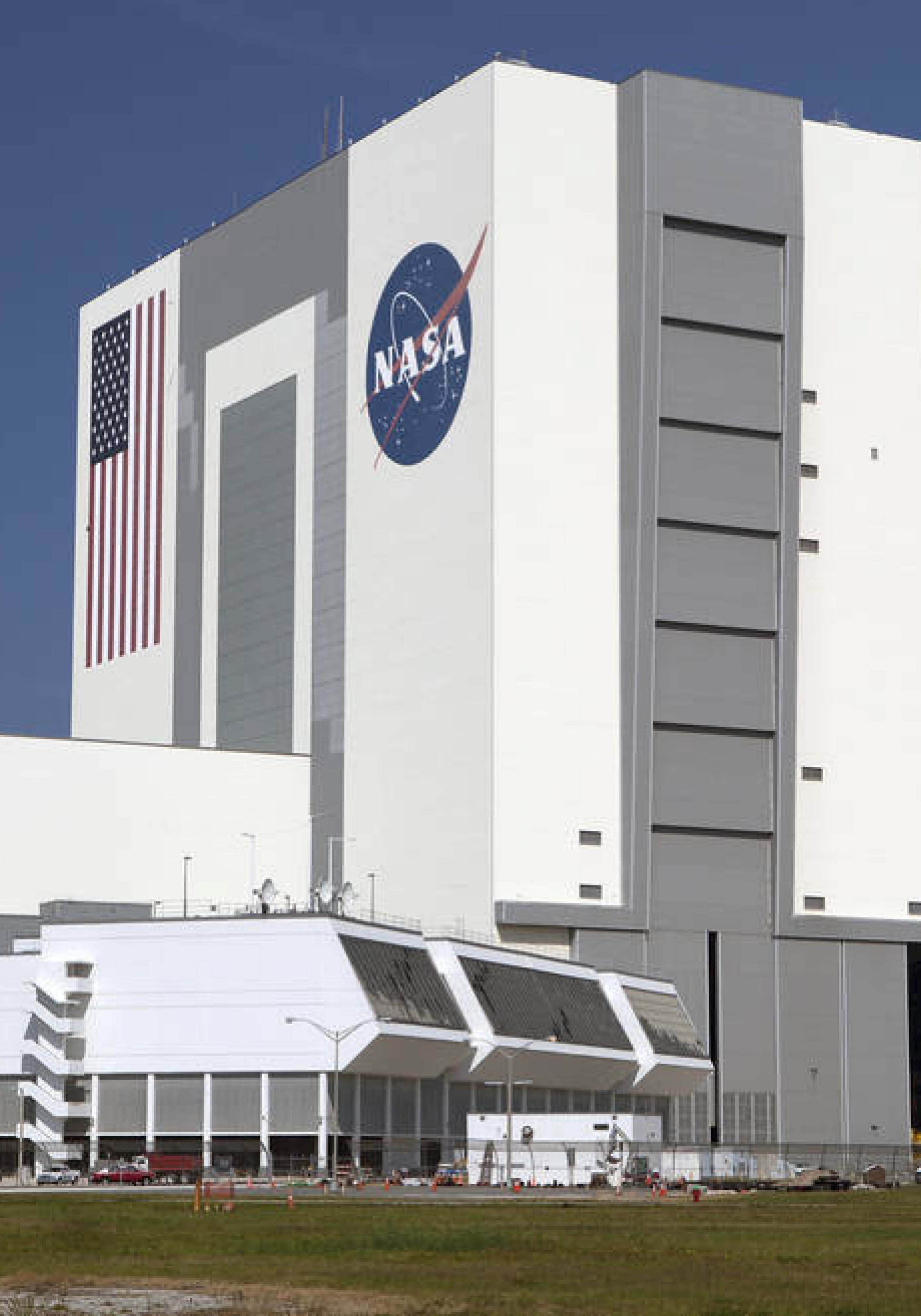
Orbital ATK was selected Thursday by NASA to negotiate to lease, remodel and use a bay in the iconic Vehicle Assembly Building (VAB) at Kennedy Space Center for a large rocket the company hopes to develop with the Air Force.
Virginia-based Orbital ATK is one of two rocket companies that launch resupply missions to the International Space Station, but this deal would not involve those missions or that rocket, the company’s Antares. The Antares launches from NASA’s space port at Wallops Island, Va., carrying the Orbital ATK Cygnus capsule.
The new rocket that Orbital ATK hopes to develop and one day assemble in the VAB would be a medium- to heavy-lift rocket.
The planned rocket currently referred to by the name the Air Force set for it, the Evolved Expendable Launch Vehicle-class rocket.
Orbital ATAK and NASA now will go into final negotiations before settling on any prices, length of contract or terms in the VAB leas agreement.
“Orbital ATK has a long history of working with NASA’s Kennedy Space Center,” Scott Lehr, President of Orbital ATK’s Flight Systems Group, stated in a news release from his company. “We are excited about the possibility of utilizing KSC facilities for a future EELV-class launch system.”
Orbital ATK has launched two Cygnus capsules on resupply missions from Kennedy Space Center, one in December, and one last month. But that was because the Antares rocket has been out of action since one blew up on the Wallops Island pad in 2014. The company has been reworking the vehicle and intends to return to using the Antares, and Wallops Island, for its next Cygnus launch later this spring.
The prospective VAB lease with Orbital ATK, which also will include a mobile launcher platform, reflects Kennedy’s transformation to a multi-user spaceport supporting both government and commercial organizations, NASA stated in a news release issued Thursday.
The space agency has been leasing old NASA rocket facilities, ranging from launch pads to hangars to the old space shuttle landing facility, to commercial companies for several years.
“Over the past few years, the people of Kennedy have worked diligently to transform the center. We are now a true multi-user spaceport supporting a variety of different partners successfully,” KSC Director Bob Cabana stated in the release. “We look forward to working with Orbital ATK in the future to help expand the capabilities of this unique, historic asset.”
NASA will remain the primary user of the VAB for its upcoming big rocket, the Space Launch System, together with its Orion programs. If an agreement is negotiated, NASA will act as the overall site operator for the facility.
The potential agreement is the result of a competitive Announcement for Proposals the agency released in June 2015.
The VAB, a national landmark, was completed in 1966 for the assembly of the Apollo/Saturn V moon rockets. For 30 years, it acted as the final assembly point for all space shuttle missions. The building is 525 feet tall and 518 feet wide.



